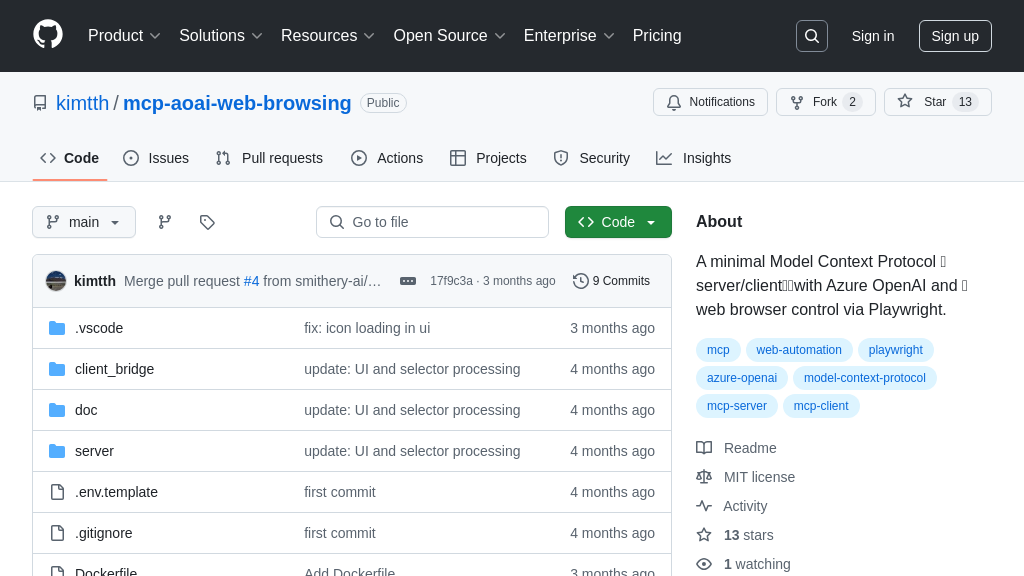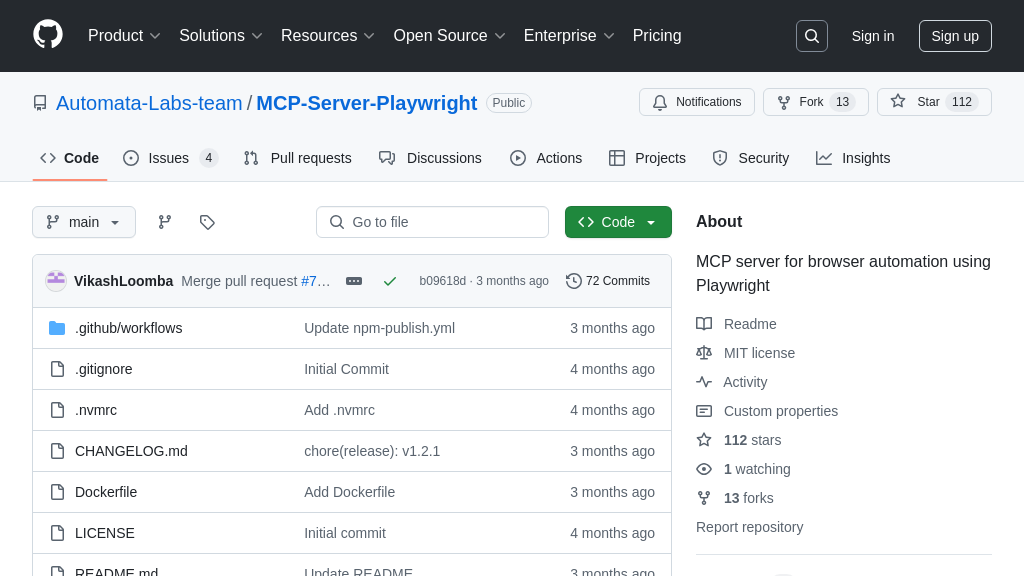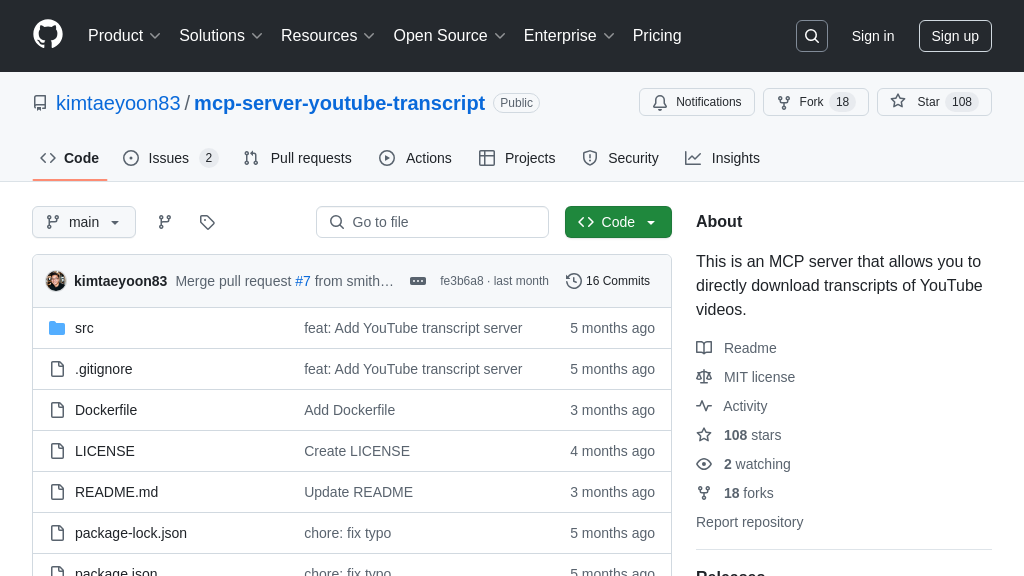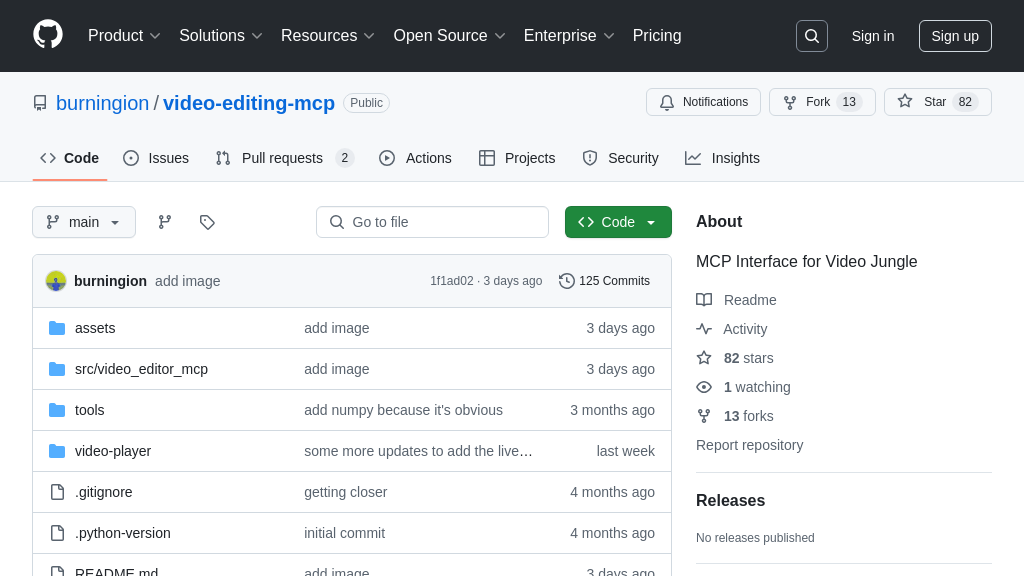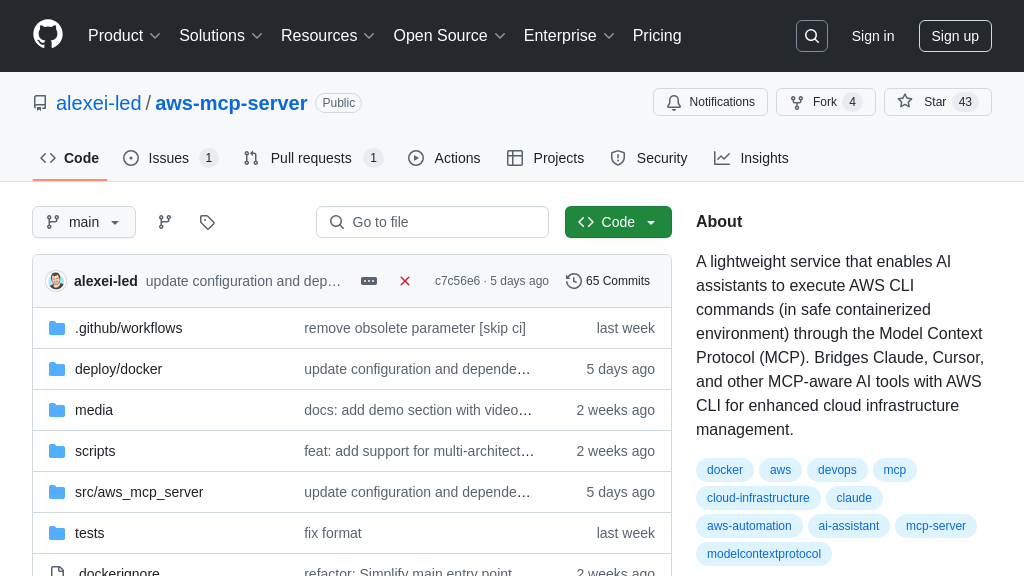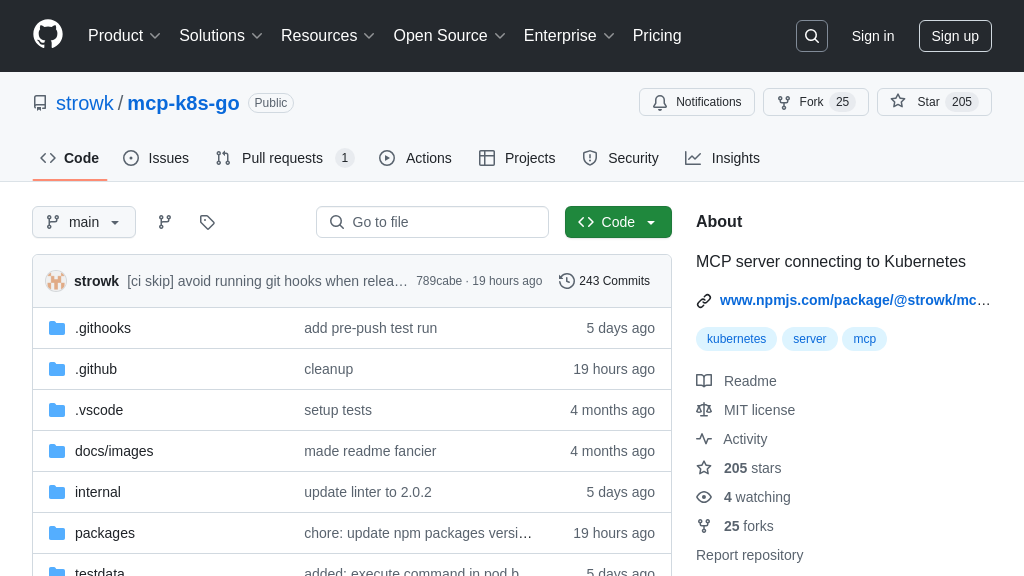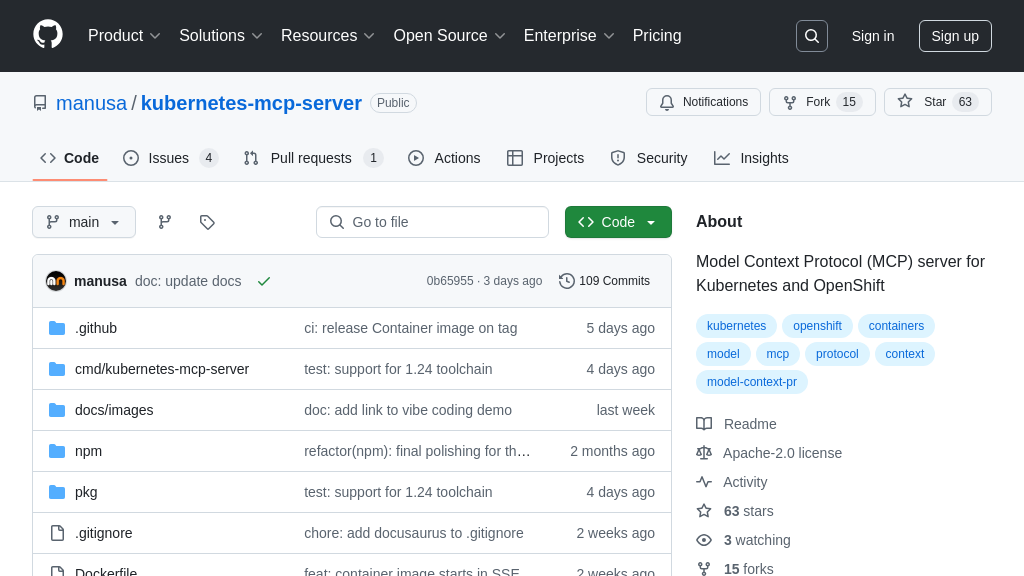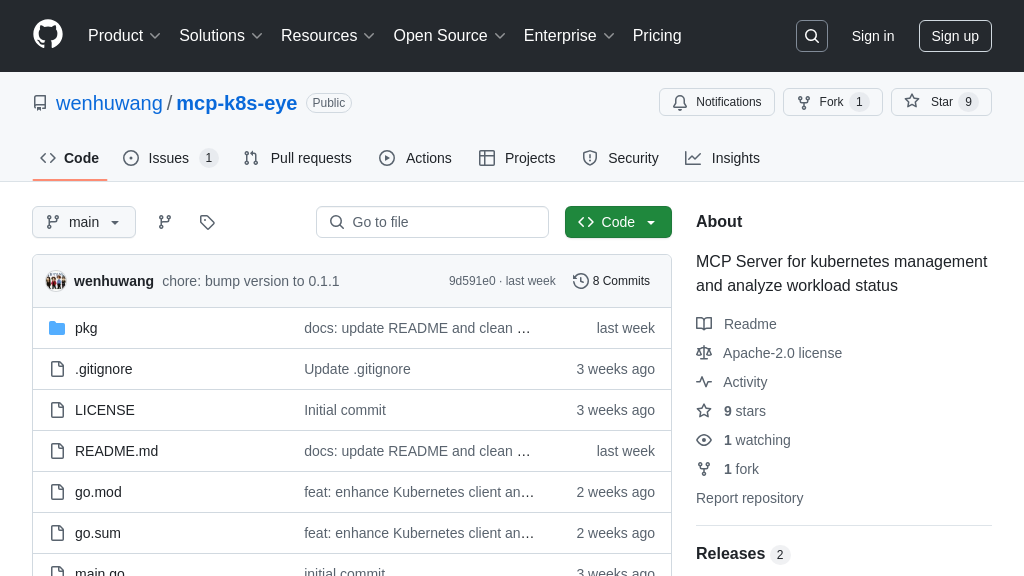mcp-image-compression
mcp-image-compression: A high-performance MCP server for AI-driven image compression, optimizing images for faster loading and better UX.
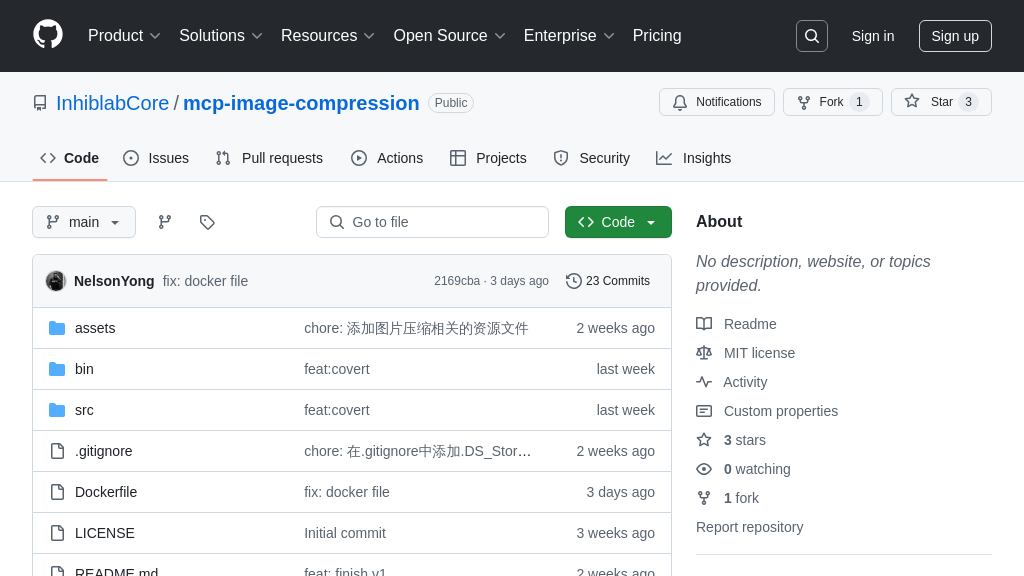
mcp-image-compression Solution Overview
mcp-image-compression is an MCP tool designed to optimize image resources for AI applications. This microservice provides fast, high-quality image compression, supporting formats like JPEG, PNG, WebP, and AVIF. It allows developers to reduce image sizes, improving loading speeds and enhancing user experience. The tool features smart compression, automatically selecting optimal parameters, and supports batch processing for efficient handling of multiple images. Developers can customize compression quality to balance file size and visual fidelity. Integrated via standard MCP protocols, mcp-image-compression seamlessly interacts with AI models, providing compressed image URLs as output. This tool streamlines image optimization, saving bandwidth and storage costs while maintaining visual quality.
mcp-image-compression Key Capabilities
Multi-Format Image Compression
The mcp-image-compression service supports a wide range of image formats, including JPEG, PNG, WebP, and AVIF. This allows developers to optimize images regardless of their original format, ensuring compatibility across different platforms and browsers. The service intelligently handles the nuances of each format, applying the most effective compression algorithms to minimize file size while preserving visual quality. For example, a developer can use this service to convert a large PNG image with transparency to a more efficient WebP format, significantly reducing its size for faster loading on a website. This feature is crucial for AI models that process visual data, as smaller image sizes translate to faster processing times and reduced bandwidth consumption. The underlying implementation likely involves leveraging libraries like Sharp or ImageMagick to handle the encoding and decoding of various image formats.
Smart, Content-Aware Compression
This feature automatically selects the optimal compression parameters based on the image content. Instead of applying a uniform compression level to all images, the service analyzes the image and adjusts settings to achieve the best balance between file size and visual quality. For example, an image with smooth gradients might benefit from a higher compression ratio than an image with sharp details. This intelligent approach ensures that images are compressed as much as possible without introducing noticeable artifacts or loss of detail. This is particularly valuable for AI applications where image quality is critical for accurate analysis and recognition. The implementation likely involves algorithms that analyze image complexity, color palettes, and other factors to determine the most appropriate compression settings.
Batch Image Processing
The mcp-image-compression service supports parallel compression of multiple images, significantly improving efficiency when dealing with large numbers of images. Instead of processing images one at a time, the service can compress multiple images simultaneously, leveraging multi-core processors to reduce the overall processing time. This is particularly useful for applications that require processing large datasets of images, such as e-commerce platforms or social media sites. For example, a developer can use this service to compress all the product images on an e-commerce website in a single batch, reducing the overall size of the website and improving loading speed. The implementation likely involves using multi-threading or asynchronous processing techniques to handle multiple image compression tasks concurrently.
Offline Usage Capability
A key advantage of mcp-image-compression is its ability to function offline, eliminating the need for a constant internet connection during image processing. This is particularly beneficial in environments with limited or unreliable network connectivity, or when processing sensitive images that should not be transmitted over the internet. Developers can integrate this service into their local development workflows or deploy it on-premise without relying on external cloud services. For example, a mobile app developer can use this service to compress images directly on the user's device, reducing data usage and improving performance. This feature enhances data privacy and control, as images are processed locally without being sent to a remote server. The implementation relies on self-contained libraries and algorithms that do not require external dependencies or network access.
